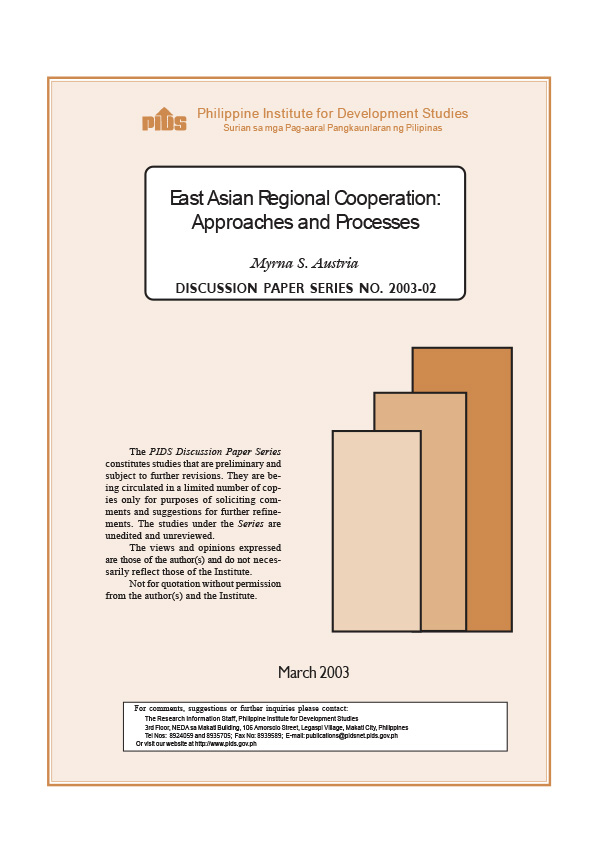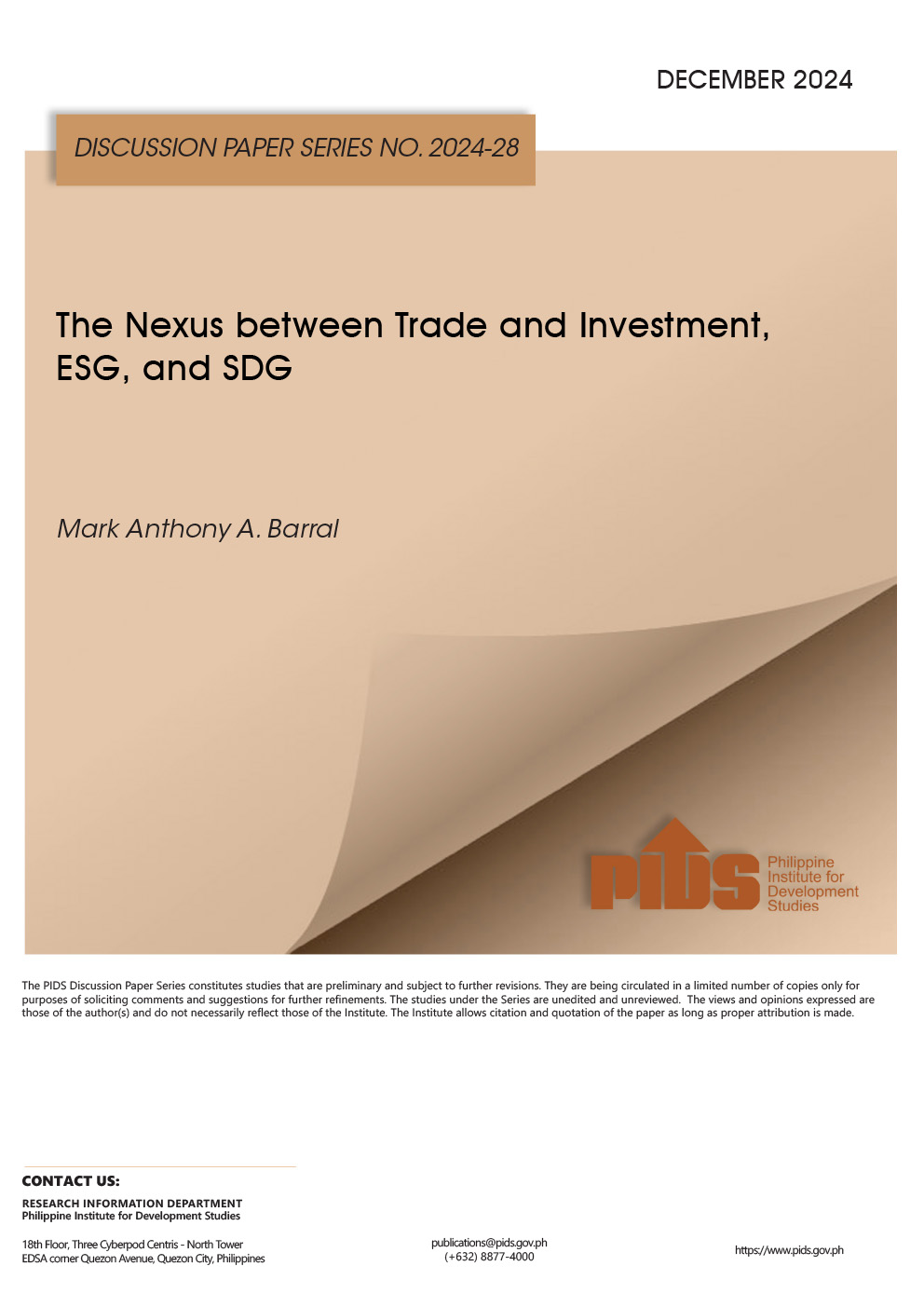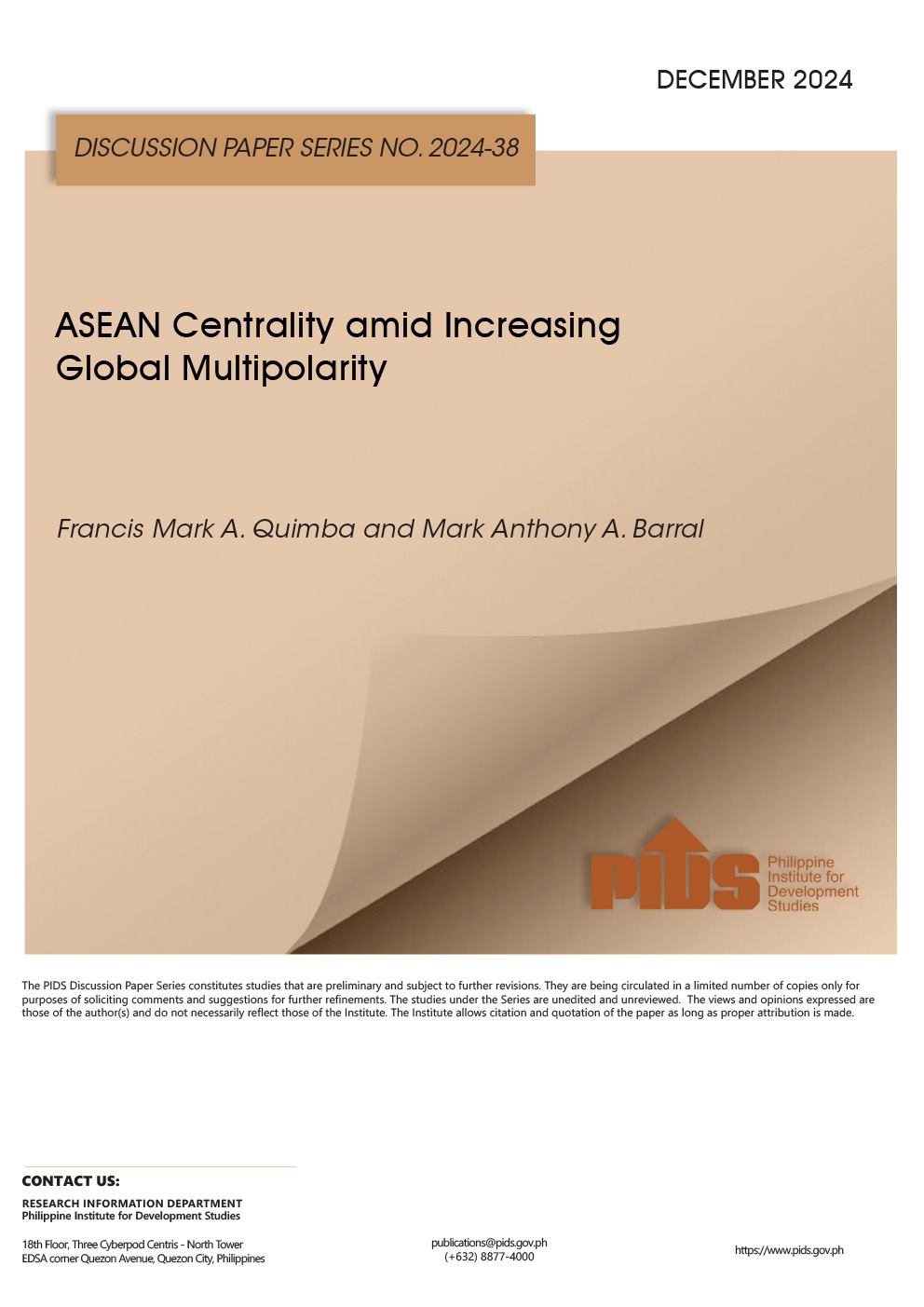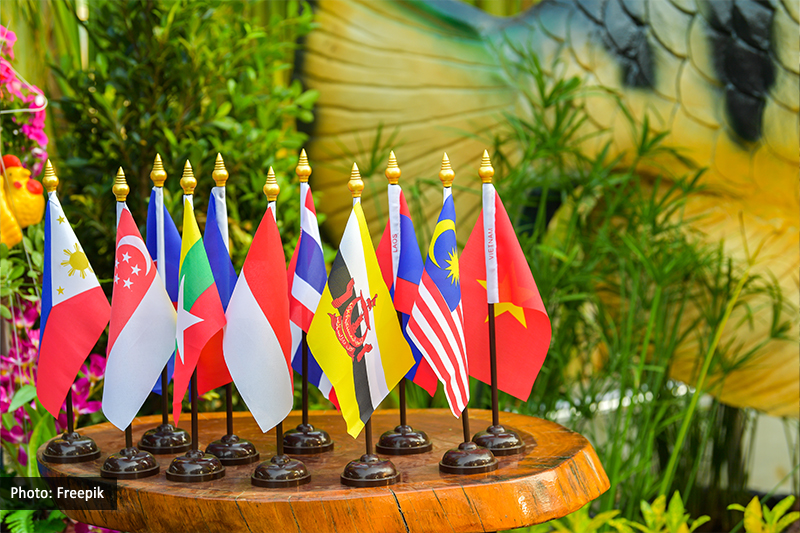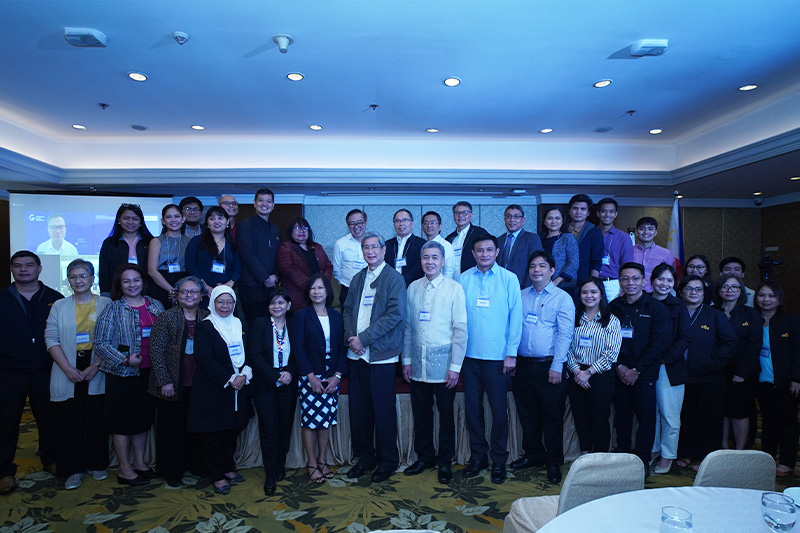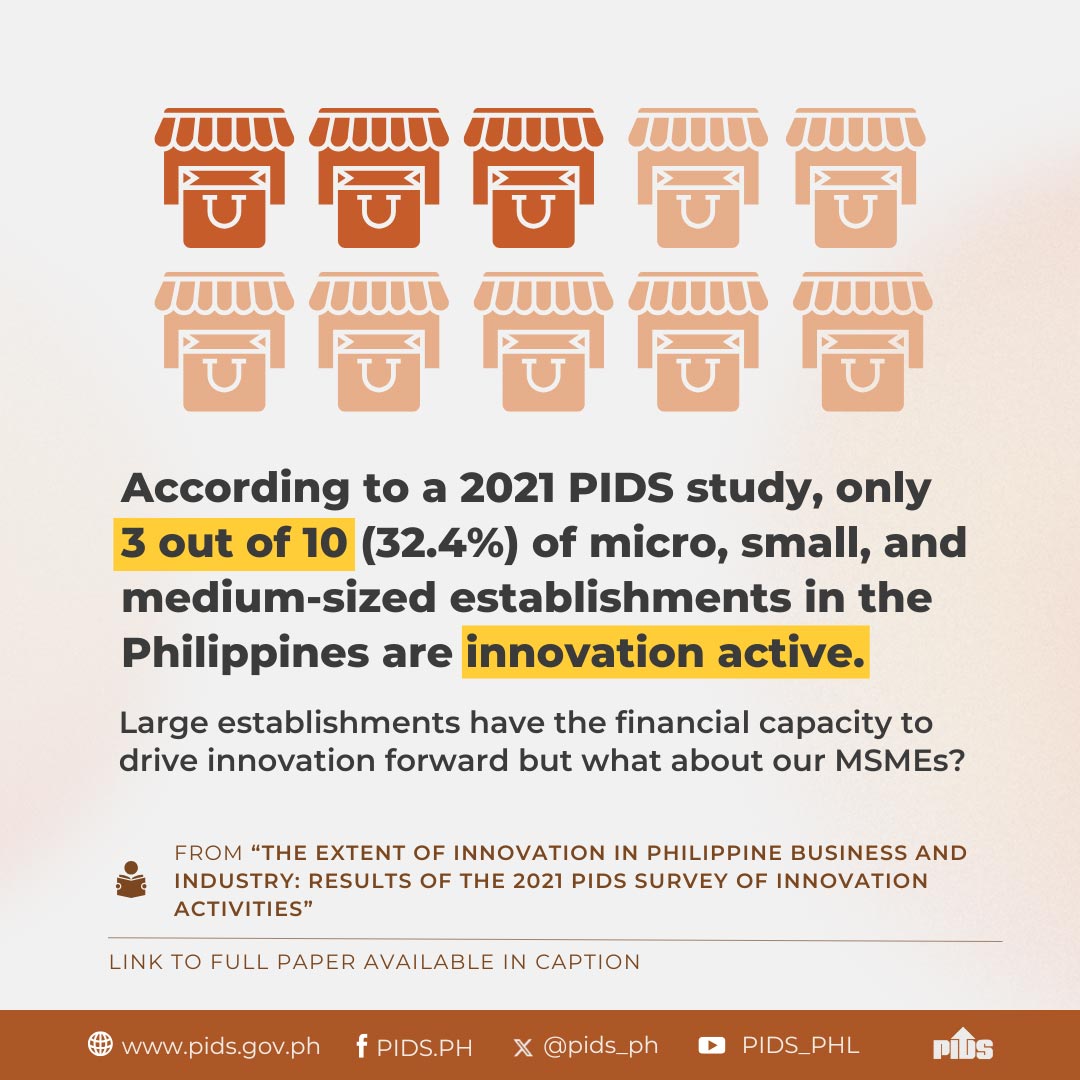East Asia has been caught with regionalism in recent years. There has been a proliferation of bilateral and regional trading arrangement initiatives across the region. Long known for their support to the multilateral framework under the WTO, the leading economies in the region (Japan, South Korea, China and Singapore) have been pursuing bilateral arrangements with other economies within and outside the region. The ASEAN is also at the center stage of these initiatives. Such a development is a big contrast to the trading landscape in the region prior to the end of the last millennium. What explains this new interest in finding new arrangements for cooperation? And where will this lead East Asia? This paper attempts to address these questions. In particular, the paper examines the factors behind the growing sense of regionalism in the region; analyzes the approaches and processes of regional cooperation, highlighting the elements and features that distinguish and set the region apart from the other major regional cooperation in the world; and explores the possibilities of where will the growing regional cooperation initiatives lead East Asia.
Citations
This publication has been cited 2 times
- Avila, John Lawrence V.. 2004. A comparative study of bilateral FTA/CEP arrangements. Discussion Papers DP 2004-28. Philippine Institute for Development Studies.
- Pasadilla, Gloria O.. 2004. East Asian cooperation: The ASEAN view. Discussion Papers DP 2004-27. Philippine Institute for Development Studies.

